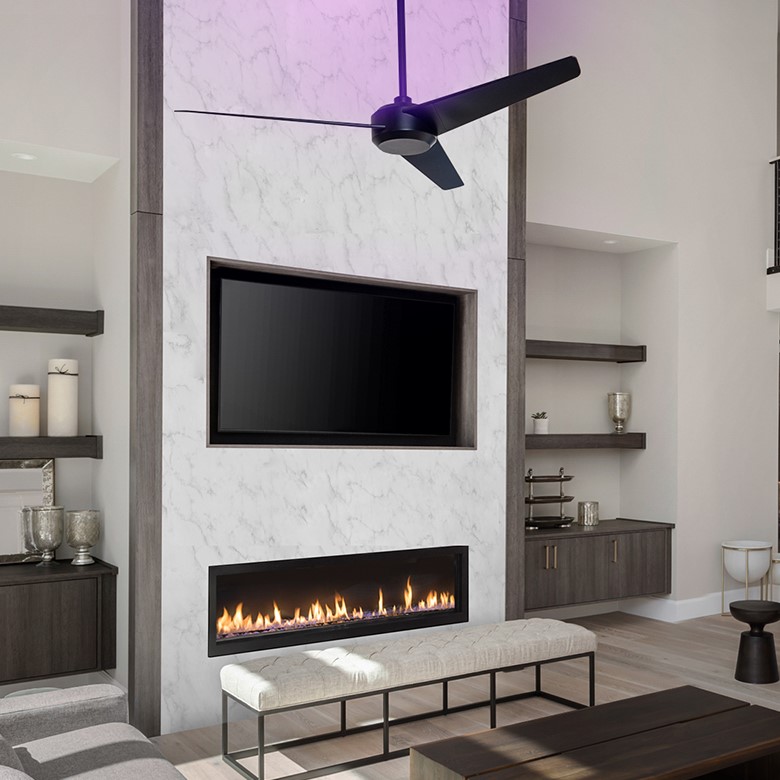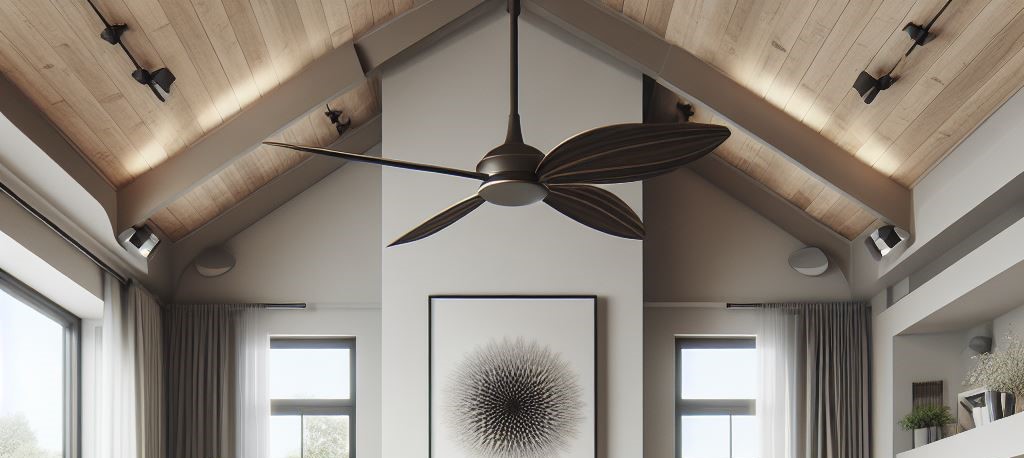Harnessing UV Light: The Revolutionary UV Light Fans for Air Purification
In the realm of indoor air quality, the quest for effective and efficient purification methods has led to innovative solutions. Among these, UV light technology has emerged as a promising tool for disinfection. With the recent introduction of UV light fans, the landscape of air purification has taken a significant leap forward. These devices offer a blend of cutting-edge technology and scientific principles to combat airborne pathogens effectively. In this article, we delve into the workings of UV light fans, their manufacturers, product claims, and the underlying science driving their efficacy in purifying indoor air.
Understanding UV Light Technology:
Ultraviolet (UV) light falls within the electromagnetic spectrum with wavelengths shorter than visible light but longer than X-rays. Within the UV spectrum, UV-C light, specifically with wavelengths between 200 and 280 nanometers (nm), exhibits potent germicidal properties. It effectively inactivates microorganisms by disrupting their DNA and RNA, thus rendering them unable to replicate and causing their demise.
The Science Behind UV-C Disinfection:
UV-C light works by penetrating the cell walls of microorganisms and damaging their genetic material. This disrupts their ability to function and reproduce, effectively neutralizing them. The effectiveness of UV-C disinfection depends on factors such as exposure time, intensity, and the susceptibility of the target microorganism.
Manufacturers and Product Offerings:
Several manufacturers have embraced UV light technology to develop air purification systems, including UV light fans. Notable companies in this space include Modern Forms, (shown Below) Minka, and Philips among others. These manufacturers offer a range of UV light fans designed to cater to diverse indoor environments, from residential to commercial settings.

Product Claims and Features:
UV light fans tout various features and capabilities aimed at enhancing indoor air quality and mitigating the spread of airborne pathogens. Key claims and features include:
Enhanced Air Filtration: UV light fans often incorporate HEPA filtration systems to capture particulate matter, allergens, and other airborne contaminants, complementing the disinfection capabilities of UV-C light.
Pathogen Inactivation: UV-C light effectively neutralizes a wide range of pathogens, including bacteria, viruses, and mold spores, thus reducing the risk of respiratory infections and allergic reactions.
Odor Reduction: UV light fans can also help eliminate odors by neutralizing volatile organic compounds (VOCs) present in the air, improving overall indoor air freshness.
Energy Efficiency: Many UV light fans are designed to operate efficiently, consuming minimal energy while delivering optimal air purification performance.
User-Friendly Design: Manufacturers prioritize user convenience by incorporating features such as remote controls, adjustable fan speeds, and programmable timers, enhancing the usability of UV light fans in various settings.
Efficacy and Safety Considerations:
While UV light technology offers significant potential for air purification, it is essential to consider factors influencing its efficacy and safety:
- Proper Installation: Correct installation and positioning of UV light fans are crucial to ensure optimal disinfection coverage and effectiveness.
- Exposure Time and Intensity: Achieving adequate UV-C exposure time and intensity is essential for effective pathogen inactivation. Manufacturers provide guidelines for safe and efficient operation.
- Ongoing Maintenance: Regular maintenance, including cleaning filters and replacing UV-C bulbs as needed, is necessary to sustain optimal performance and prolong the lifespan of UV light fans.
- Safety Precautions: UV-C light can cause skin and eye irritation if directly exposed. Manufacturers integrate safety features such as automatic shutoff mechanisms and protective enclosures to mitigate potential risks.
UV light fans represent a groundbreaking advancement in the realm of air purification technology. By harnessing the germicidal properties of UV-C light, these devices offer a potent solution for combating airborne pathogens and improving indoor air quality. With ongoing advancements and rigorous scientific research, UV light fans are poised to play a pivotal role in creating healthier and safer indoor environments for generations to come.
